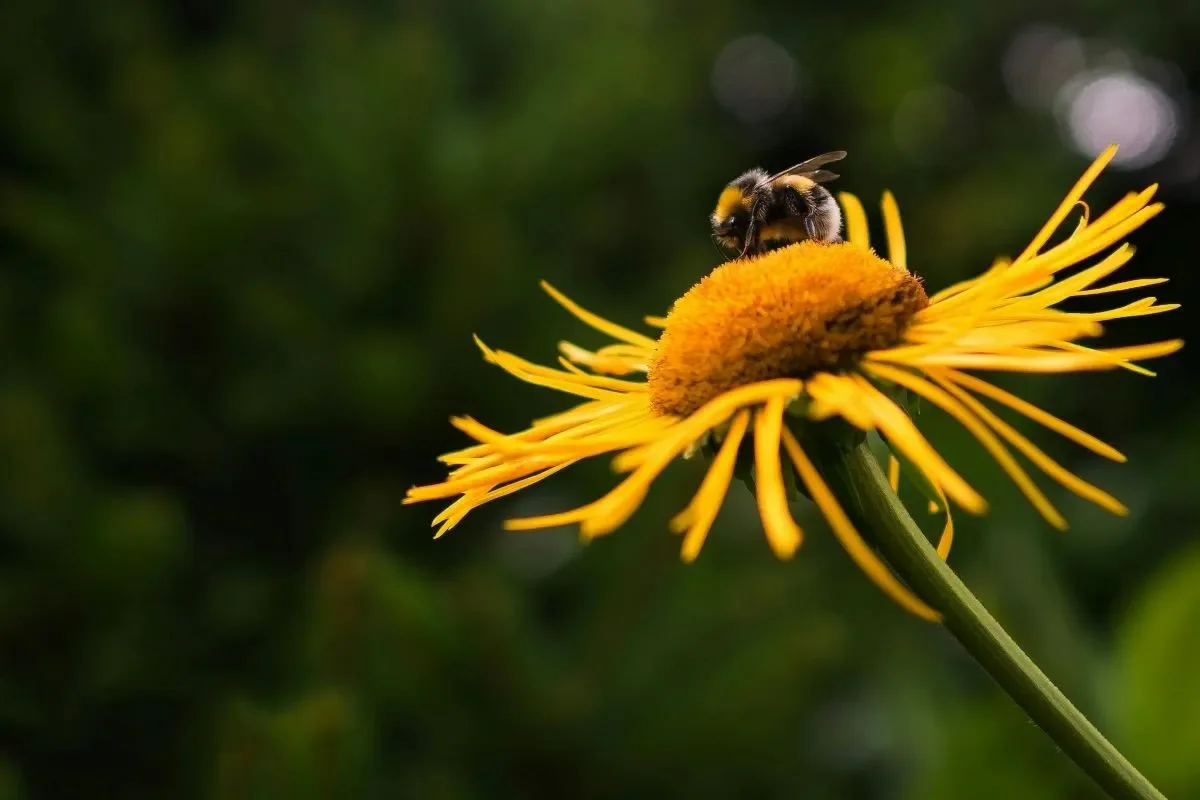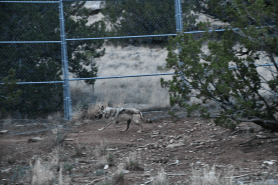

Beekeeping is a rewarding hobby, which, in addition to providing you with a constant supply of delicious honey, has positive environmental impacts, too.
Have you ever thought about the prospect of keeping bees? The months leading up to springtime is a great time to start your research. With the help of a biologist, we’ve gathered answers to all the questions you might be asking.
Here’s what you need to know to get started.
What Are the Main Benefits of Beekeeping?

Honeybees are an important component of the world’s ecosystem. They pollinate a large percentage of crops, including fruits and nuts, that we enjoy on a daily basis. By managing a beehive, you are helping to grow the population of bees, allowing them to thrive. The bees will, in turn, help your own garden and local spaces by pollinating your vegetable garden and plants.
What Kind of Bees Can You Keep?

The most common species of honey bee in the United States is the European honey bee, apis mellifera. It’s also known as the Western Honey Bee and is the most common of the 7-12 species of honeybee worldwide.
There are three types of bees in a beehive. Male bees (or drones) are responsible for repopulating the hive. They live inside the hive and eat honey. Worker bees forage and carry nectar and pollen from flowers back to the beehive. They use the honey as an energy source to fuel their foraging adventures. The Queen Bee feeds mostly on a substance called “royal jelly,” a secretion produced by the worker bees.
What Are the Main Challenges of Beekeeping?

David Pascall, an evolutionary biologist, studied the environmental factors of bees, namely viruses affecting bees, as part of his PhD at the University of Exeter, U.K.
Honeybees can be at risk from predators, such as the murder hornet, but there is a much more common problem for beekeepers.
“One of the main challenges of keeping bees is being able to keep the colony healthy. Many of the factors that have been implicated in colony survival and health, for example, the use pesticides in surrounding areas, are not within the ability of individual beekeepers to influence, but one which has an important impact is the degree of parasitism by a particularly insidious pest, the so-called varroa mite,” Pascall explains to Outdoors.com.
“These mites feed on pupae within the colony, both directly harming the bees and spreading viruses, in a manner analogous to how mosquitoes spread malaria. The presence of varroa in a colony is not an indicator of bad beekeeping; infestation is hard to prevent. But once it is detected, it is important that beekeepers take steps to reduce the number of varroa mites within the colony for the sake of the bees inside.”
The Honey Bee Health Coalition has a good set of resources designed for new and current beekeepers to stay informed about these pests.
What Equipment Do You Need to Keep Bees?
You will need to make a few purchases in order to keep your bees happy and healthy. First, the beehive. It depends on the size of the operation, but the hive is a man-made structure, providing a home for the bee colony and a place for them to produce honey. It is made up of 5-10 parts and also acts as protection for the bees. The most common structure is called the Langstroth hive, which includes removable frames that allow beekeepers to extract honey and inspect the hive without disturbing the bees.
The hive tool is another important piece of equipment. It allows you to remove honeycomb from the hive. A smoker is another essential item used to blow smoke into the hive. It allows the beekeeper to inspect the hive without the bees swarming all over the place. The smoke does not harm the bees; it actually calms them down. The fire makes them think there is a wildfire nearby, so they eat lots of honey in preparation for leaving the hive. This makes them slower and therefore less likely to swarm and sting.
You will also need protective gear, including gloves, a bee suit or jacket with a veil (this one comes in fun designs), and a bee brush.
It is worth spending a good amount of time researching the best beekeeping equipment. Start with this guide from the University of Delaware or read the useful advice from the folks at Bee Built, a company that makes sustainable beehives. There are also lots of beekeeping books to help get you started, or see if there is a beekeeping course in your local area.
What Spaces Work Well for Beekeeping?
When choosing the right space for your bees, it’s essential to research the rules where you live. In some cities and urban areas, beekeeping is not permitted or you may have to register your interest in keeping bees.
“Bees need access to flowers in order to feed on their pollen and nectar. This is the most important factor in determining where it is suitable to keep bees. This doesn’t mean that beekeeping can only be done in rural or suburban areas. Increasingly bees are being kept on roofs in cities, with food coming from small gardens or green spaces,“ biologist Pascall says. “Bees are very adept at finding floral resources, so this is generally not an issue, however, provision of a variety of flowering plants will reduce the distance that your bees have to travel,” he says.
How Much of a Commitment Is Beekeeping?

Beekeeping is a hobby that requires constant time and attention, but the amount of time spent looking after the hive will depend on the time of year. In North America, the spring and summer months are the most active times of year for the bees, with swarms more common in warmer weather.
Weekly inspections of the hive are recommended during this time to check for mites and diseases. In the fall and winter, the bees will be less active, but they still require regular checks, and there will be preparations required for cold weather.
When Is a Good Time to Start Beekeeping?
The best time of year to start beekeeping is the early spring, when bees are at their busiest. You will need to start necessary preparations a few months in advance, so you can be ready for the bees.
The art of beekeeping is something that can take years to master, and every day is a learning process. Why not start your beekeeping journey this year?









